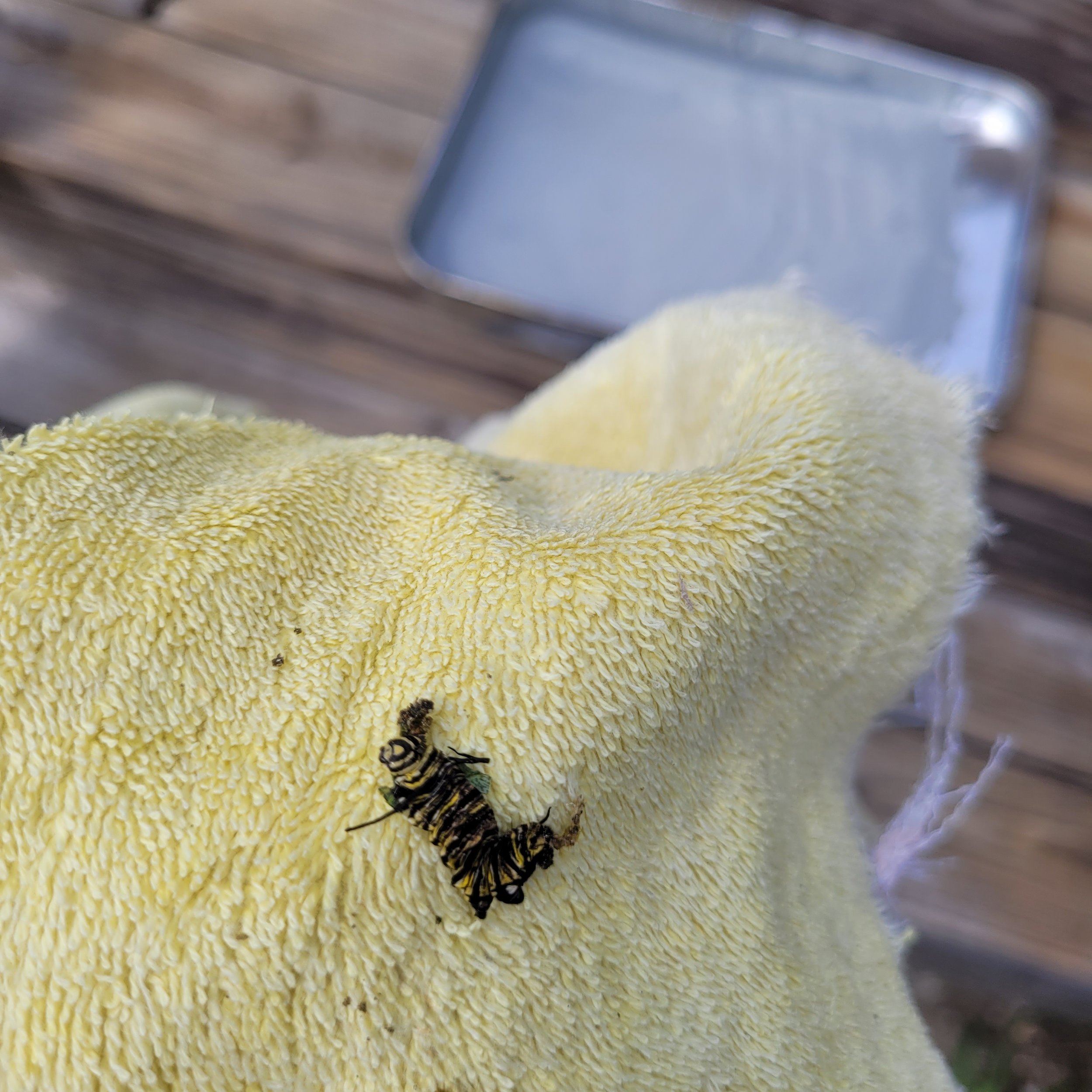Who stops by to visit?
A benefit of flowering native plants, and for some an undesirable side effect, are the animals and insects that are attracted to the space. Flowers bring in pollinators, like the North American native the long horn bee. Fresh greens bring in herbivores, like the eastern cottontail rabbit.
Urban and suburban landscapes often don’t have enough native flowering plants to support much wildlife diversity at all. Pollinators in particular. Even creating a micro-meadow space with Black Eyed Susans or native Asters is helpful to pollinators as they travel looking for food.
Rabbits can be a love/hate visitor. They’re cute as all get out, but they are also the first to eat the flowers right off a plant or nibble your Hosta down to the ground. There are rabbits in the neighborhood. My Asters can attest to it!
Either way, meet some of the visitors to Quad Meadows. The good, the bad, the “what on earth is that?”
2024
Summer/Fall 2023
Of all of the insects and animals I’ve seen in my yard the summer of 2023 was potentially the most exciting because I followed the life cycle of a monarch from egg to butterfly.
It took a few years for monarchs to find the common milkweed in my yard appealing. The common milkweed would be in full flower in the early summer, so by July the plants are old and woody. Monarchs are looking for young milkweed plants to lay an egg as new caterpillars want fresh milkweed to eat! Turns out that pulling the plants in mid to late July encourages a second growth of young plants that are more appealing to Monarch butterflies.
There were 4 to 5 eggs on the milkweed in the yard by mid August. Out of those 5 eggs one made it all the way to a butterfly.
There would be days to weeks where there were no signs of the caterpillars. Except for the one that I knelt on while sealing the stairs. (It was a devastating find.) By early September there was an adult caterpillar on a milkweed plant that I only realized was there because of the poop on a leaf! You’d think something bright and clown colored would show up more easily, but the stripes make amazingly good camouflage.
By the end of September the butterfly had emerged from it’s chrysalis.
Where it went after that is anyone’s guess. It made it that far, though, so with any luck it made it all the way down to Mexico. May 2024 be just as lucky for Monarchs in my yard!














